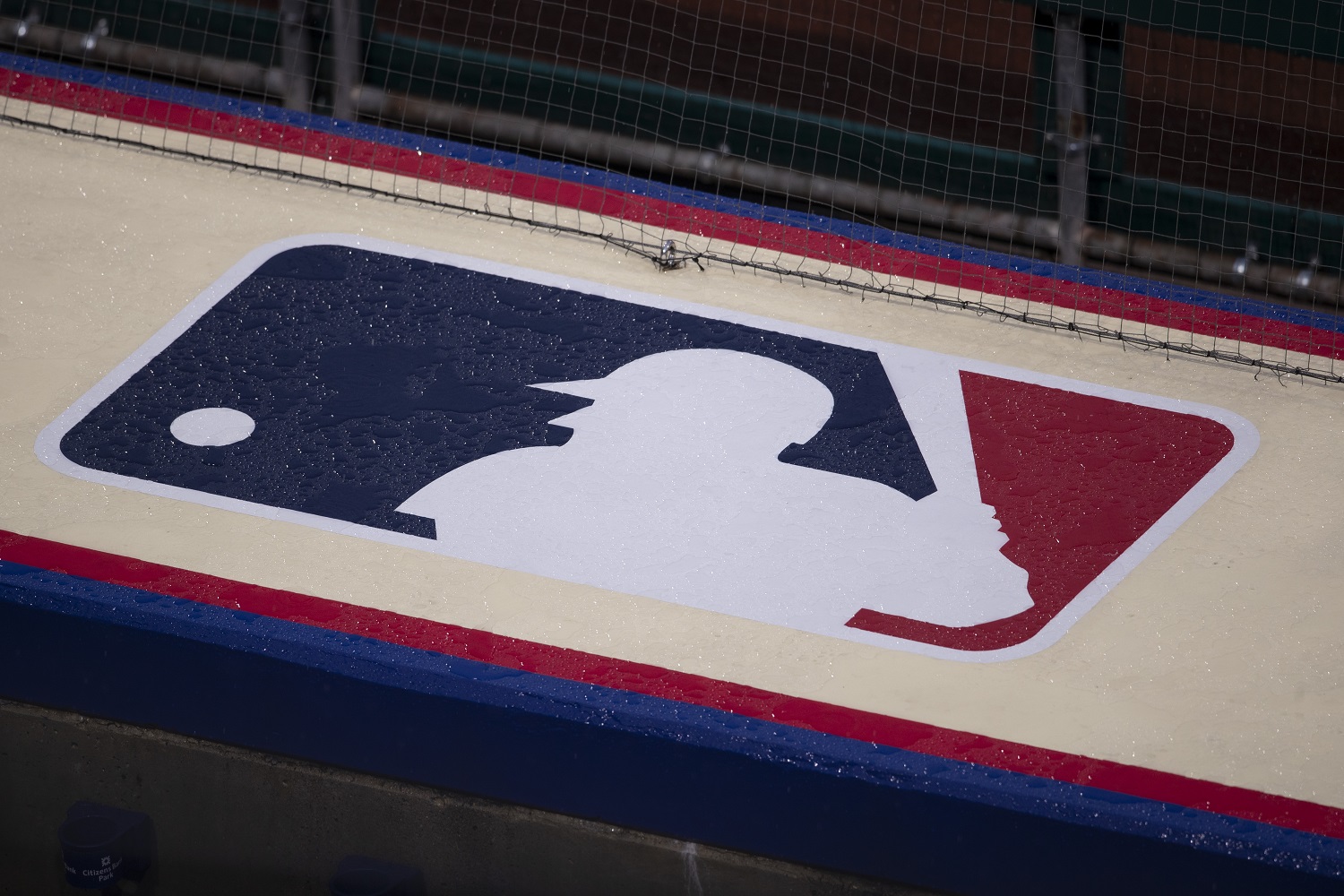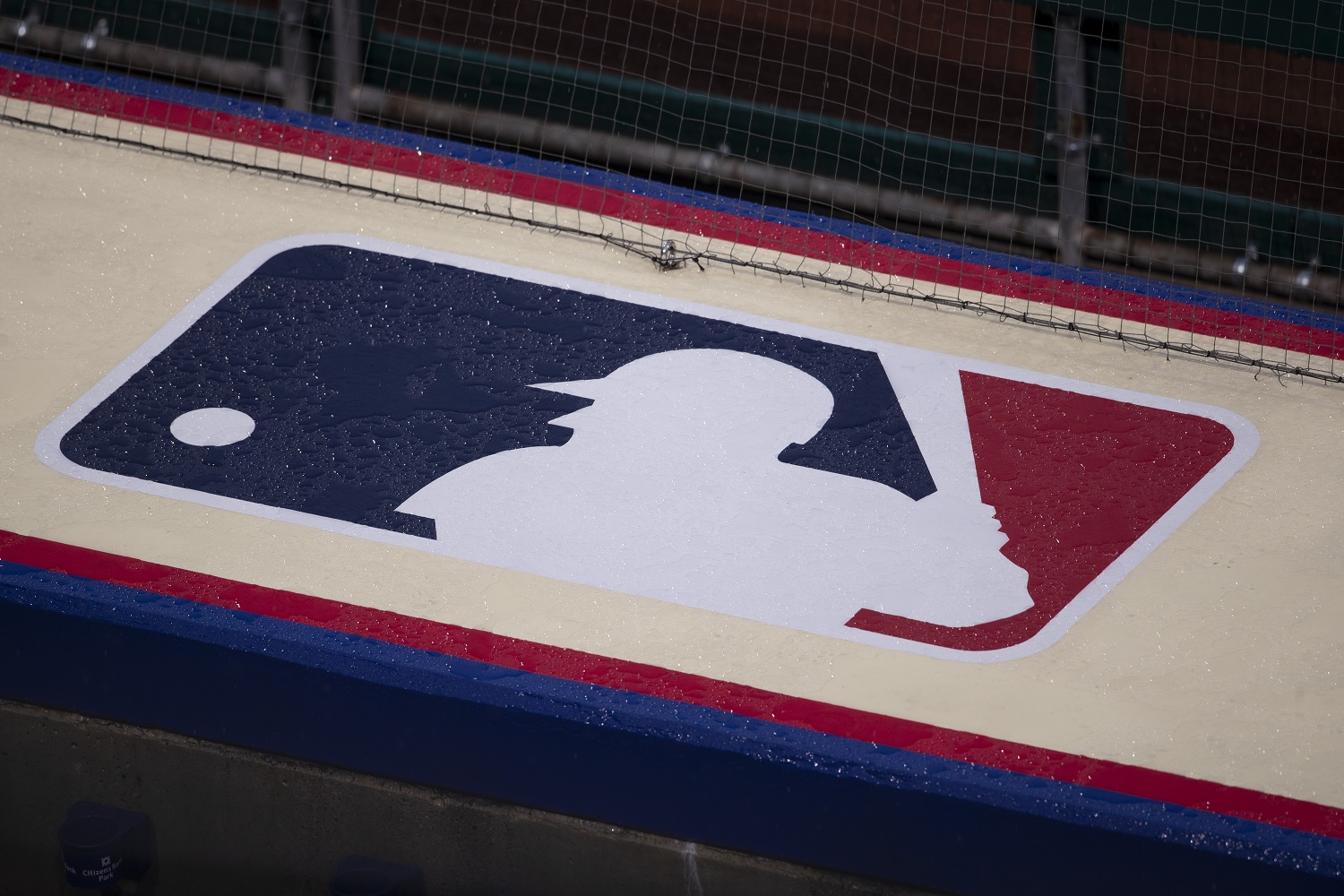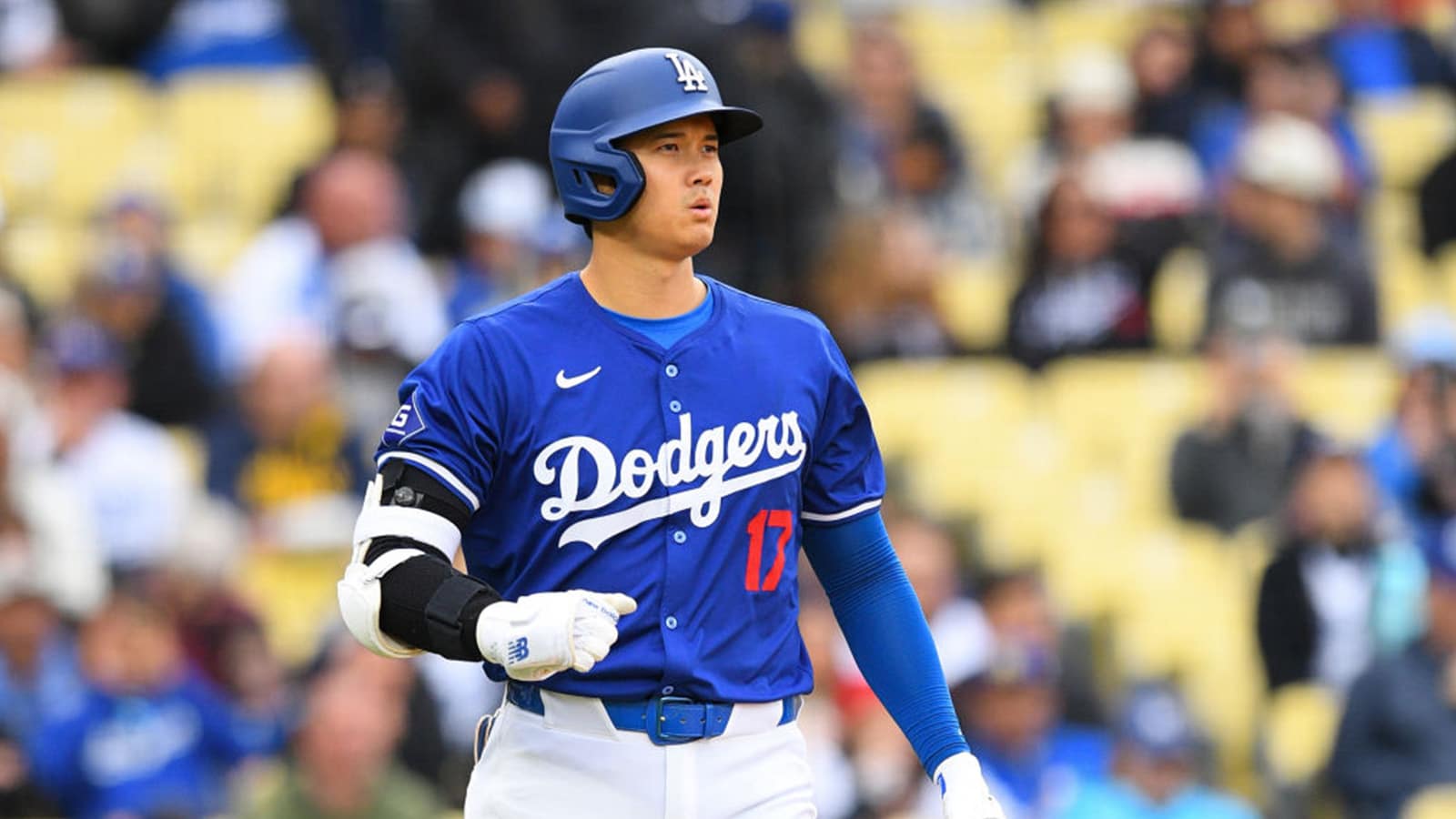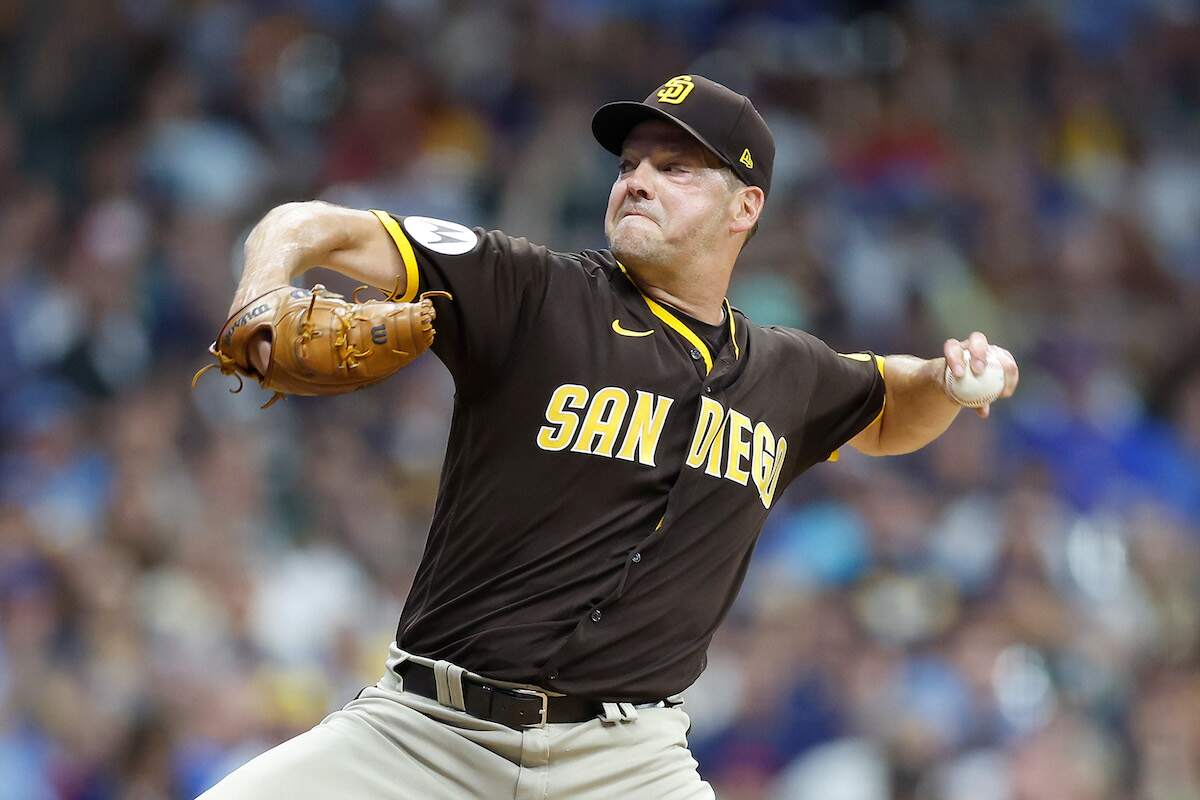
2020 MLB Playoffs: How Seeding Works, Where Games Will Be Played, Tiebreaker Rules, and Everything Else You Need To Know
With an unprecedented Major League Baseball season comes an unprecedented postseason and the 2020 MLB playoffs will certainly be unlike anything baseball fans have ever seen. With neutral sites, limited off-days, and a record number of teams vying for a World Series title, this could prove to be the craziest October in MLB history.
With so many changes made to the MLB playoffs this year, we thought it might be a good idea to get fans up to speed on just how everything works for this unique postseason.
How does seeding work for the 2020 MLB playoffs?
For the first time ever, 16 teams (eight from the American League, eight from the National League) will earn postseason berths following the abbreviated 60-game regular season, which concludes on September 27. Each league’s postseason bracket will consist of three division winners, three second-place teams, and two wild card teams.
The top three seeds in each league will be awarded to the division winners (East, Central, West) in order of record. The next three seeds will go to the second-place teams in each division, also in order of record, with the last two spots going to the two remaining teams with the best records, regardless of division or where they stand in their division.
So what happens if a second-place team has a better record than one of the first-place teams or one of the two wild card teams has a better record than one of the second-place teams? Would that team get a higher seed? No. For example, the San Diego Padres are going to finish in second place in the NL West but will likely have a better record than the first-place team in the NL Central (likely the Chicago Cubs) or NL East (likely the Atlanta Braves). However, the Padres will still be the No. 4 seed in the National League because they didn’t win their division. Teams will not be reseeded as the MLB playoffs progress as the league feels that a team with a worse record could have conceivably played a tougher schedule given the abbreviated nature of the season.
As it’s been for years, there will still be four rounds to this year’s MLB playoffs. The difference is that the top seed in each league doesn’t get to wait around to see what will happen in a wild card game. All 16 teams will be involved in the first round in a best-of-three series, meaning that we could see a divisional round that includes zero division winners. It’s also important to note here that the top four seeds in each league will host EVERY game in the opening round in their home ballpark before the postseason moves to neutral sites.
The Division Series, League Championship Series, and World Series will be played at neutral sites
Upon the completion of the Wild Card round (9/29-10/2), each league’s Division Series (best-of-five) and League Championship Series (best-of-seven) will be played at a neutral site, as will the World Series.
In the American League, the 1-8 vs. 4-5 series (10/5-10/9) will be played at Petco Park in San Diego while the 2-7 vs. 3-6 series (10/5-10/9) will be played at Dodger Stadium in LA. The ALCS (10/11-10/17) will then take place at Petco Park.
In the National League, the 1-8 vs. 4-5 series (10/6-10/10) will be played at Globe Life Field in Arlington while the 2-7 vs. 3-6 series (10/6-10/10) will take place at Minute Maid Park in Houston. The NLCS (10/12-10/18) will then take place at Globe Life Field.
The World Series (10/20-10/28) will take place at Globe Life Field.
The home team in each of these series will be determined by seed. The Division Series will use the 2-2-1 format and the League Championship Series and World Series will use the 2-3-2 format. The higher seed for the World Series will be determined by regular-season record.
What you may notice is that outside of the World Series, there will be zero off-days, which will certainly impact how pitching staffs are managed and will also test the depth of each team’s roster as a whole, which will remain at 28 players. The DH will still be used in the National League but the regular-season extra innings rule in which a team was given an automatic runner at second base will not be in place for the MLB playoffs. All extra innings will begin as usual with nobody on and nobody out.
What are the tiebreaker rules at the end of the regular season?

In past years, if teams were tied for a postseason spot at the end of the regular season, extra games would be played. That will not be the case for the 2020 MLB playoffs. If two teams are tied at the end of the regular season, the first tiebreaker will be the head-to-head record, if applicable. If that doesn’t work, the next tiebreaker is the intradivision record. And if that doesn’t work, the next tiebreaker is the record in the final 20 division games, plus one until the tie is broken.
MLB.com has listed all of the scenarios for scenarios that include three-way or four-way ties.



